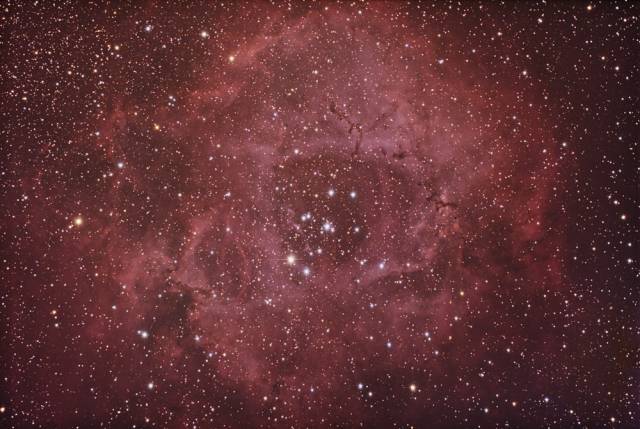

Who turns out to be right could have huge consequences for the way we understand the Sun, other stars, and their planets." "Rival groups of astronomers are racing toward a solution, adamant they each have the correct answer. "There’s a problem with the Sun, or at least, a problem with our understanding of it," Stuart writes in the feature's introduction. Colin Stuart is an astronomy author and speaker who dove in to the complex topic of the Sun's composition, and what it says about the hidden solar interior.
#Sky and telescope volume 2004 d.h.levy full#
Read the full story here: " Gravitational Wave Detectors Find Mystery “Mass Gap” Object." How We Can Know the Sunįor the second year running, a Sky & Telescope author has swept up the SPD award for writing about the Sun or its effects on Earth’s environment. As Carlisle writes, "In short, GW190814 challenges all astrophysical paradigms - mass gap, formation scenarios, and merger rates." That has implications for how massive black holes form and for how often they merge, especially in unequal mergers such as this one. Carlisle's news story covers the debate about the nature of the 2.6-solar-mass object that falls in this gap.Ĭarlisle took the story a step further by covering another aspect of the research that hadn't been widely touted in other outlets: The gravitational waves show that the larger black hole involved in the collision with the smaller object wasn't spinning.

But the vast majority of black holes weigh in at 5 solar masses or more. Neutron stars are expected to top out at around 2½ times the Sun's mass, and larger objects should then become black holes. When massive stars die, they become neutron stars or black holes. So when the LIGO/Virgo team announced the detection, via gravitational waves, of an object just 2.6 times the mass of the Sun, she knew right away it was worth covering.

S&T's Camille Carlisle has been following black hole science for more than a decade. Buonanno (Max Planck Institute for Gravitational Physics), Simulating eXtreme Spacetimes (SXS) Collaboration One black hole is more than nine times more massive than the other, and both objects are non-spinning. Schramm Award for high-energy astrophysics science journalism, granted by the AAS's high-energy astrophysics division, will go to S&T science editor Camille Carlisle for " Gravitational Wave Detectors Find Mystery “Mass Gap” Object."Īnd the Solar Physics Division of the AAS has granted its Popular Media Award to freelance science writer Colin Stuart for his feature in the April 2021 issue of Sky & Telescope: " How Well Do We Know the Sun?" Neutron Star or Black Hole? This image is a snapshot from a visualization of the coalescence of two black holes that inspiral and merge, emitting gravitational waves. (Although S&T is part of the AAS, we maintain a strict policy of editorial independence, and our science journalism is judged accordingly.) Two Sky & Telescope authors have won prestigious awards from divisions of the American Astronomical Society (AAS) recognizing excellence in science journalism.


 0 kommentar(er)
0 kommentar(er)
